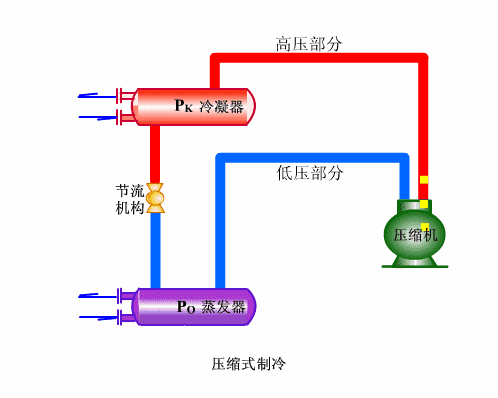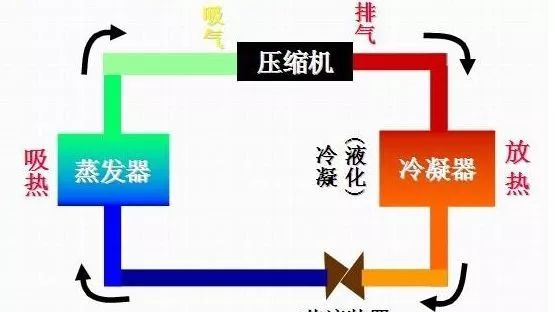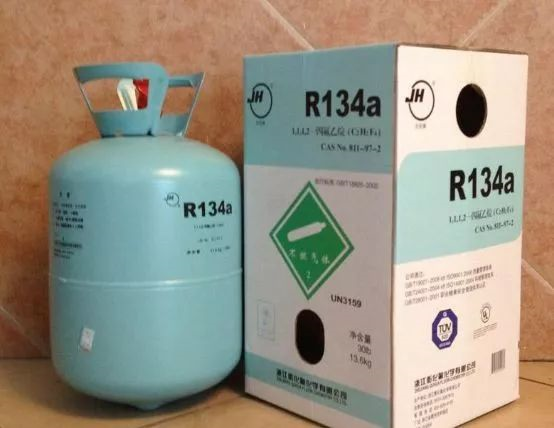Freezing: the operation process of using the low temperature source generated by refrigeration to cool the product from normal temperature and then freeze it.
Refrigeration: The operation process of obtaining a low-temperature source by using the cold effect produced by the change of the physical state of the refrigerant.
Types of refrigeration equipment: cold source production (refrigeration), freezing of materials, cooling.

Refrigeration methods: piston type, screw type, centrifugal refrigeration compressor unit, absorption refrigeration unit, steam jet refrigeration unit and liquid nitrogen.
Freezing method: air-cooled, impregnated, and refrigerant through the metal tube, wall and material contact heat transfer cooling device.
application:
1. Freezing, refrigeration and frozen transportation of food.
2. Cooling, cold storage, controlled atmosphere storage and cooling transportation of agricultural products and food.
3. Food processing, such as freeze drying, freeze concentration and cooling of materials, etc.
4. Air conditioning in food processing plants.
Principle of Refrigeration Cycle
Main devices: refrigeration compressor, condenser, expansion valve, evaporator.

Refrigeration cycle principle: When the refrigerant absorbs heat in the state of low-temperature and low-pressure liquid, it evaporates into low-temperature and low-pressure steam, and the refrigerant evaporated into gas becomes high-temperature and high-pressure gas under the action of the compressor, and the high-temperature and high-pressure condensation becomes high-pressure liquid, high-pressure liquid It becomes a low-pressure low-temperature liquid through the expansion valve, and then absorbs heat and evaporates again to form the refrigeration cycle of the refrigerator.
Basic Concepts and Principles
Refrigeration capacity: Under certain operating conditions (that is, a certain refrigerant evaporation temperature, condensation temperature, and subcooling temperature), the heat that the refrigerant takes out from the frozen object per unit time. Also known as the cooling capacity of the refrigerant. Under the same conditions, the refrigeration capacity of the same refrigerant is related to the size, speed and efficiency of the compressor.
Direct refrigeration: In the refrigeration cycle, if the evaporator where the refrigerant absorbs heat directly exchanges heat with the object to be cooled or the surrounding environment of the object to be cooled. It is generally used in a single refrigeration equipment that needs industrial cooling, such as ice cream freezer, small cold storage and household refrigerator.
Refrigerant: The working substance that circulates continuously in a refrigeration device to achieve refrigeration. The vapor compression refrigeration device realizes the heat transfer through the change of the state of the refrigerant. Refrigerant is an indispensable substance to realize artificial refrigeration.

Indirect refrigeration: Use cheap materials as media carriers to realize heat exchange between refrigeration devices and cold-consuming places or machines.
Refrigerant: Transfer the cold generated in the evaporator of the refrigerant of the refrigeration device to the heat absorbed by the object to be cooled, and then transfer it to the refrigerant after reaching the refrigeration device, and then recycle itself for cooling.
Principle of Indirect Evaporative Refrigeration
The principle of indirect refrigeration: After the brine absorbs the cooling energy from the refrigerant in the evaporator, it enters the cold storage through the brine pump, exchanges heat with the object to be cooled or the medium in the workplace to absorb heat, and returns to the evaporator to convert the absorbed The heat is then transferred to the refrigerant, which itself recycles for cooling.
Post time: Mar-29-2023







